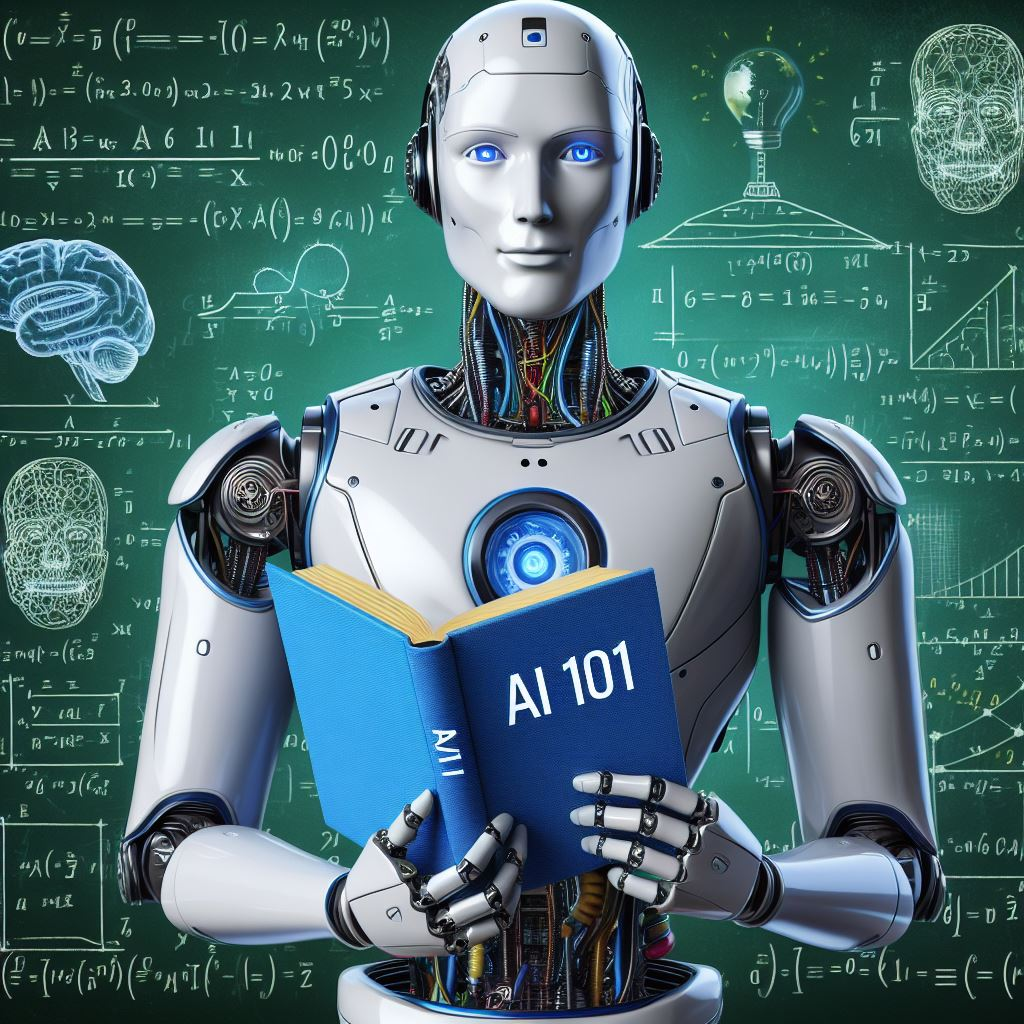10 AI Terms Everyone Should Know

Introduction
The term “AI” (Artificial Intelligence) has been a staple in computer science since the 1950s, but it only recently gained widespread attention and conversation beyond the tech industry. This surge in interest can be attributed to the remarkable advancements in machine learning, which have led to groundbreaking achievements that are now shaping various aspects of our lives.
10 AI Terms You Should Know

To help demystify the world of AI and enable more informed discussions, we’ve compiled a list of 10 essential AI terms that everyone should know:
- Artificial Intelligence (AI): A field of computer science that focuses on creating intelligent machines capable of performing tasks that typically require human intelligence, such as visual perception, speech recognition, decision-making, and language translation.
Example use case: AI is being used in various industries, such as healthcare, finance, and manufacturing, to automate tasks that typically require human intelligence, such as diagnosis, fraud detection, and quality control. - Machine Learning (ML): A subset of AI that involves training algorithms to learn from and make decisions on data, without being explicitly programmed.
Example use case: ML is being used in e-commerce to personalize shopping experiences, in healthcare to predict patient outcomes, and in finance to optimize investment portfolios. - Deep Learning: A subset of machine learning that uses artificial neural networks with multiple layers to learn and make predictions from data.
Example use case: Deep learning is being used in computer vision to enable self-driving cars, in natural language processing to improve speech recognition, and in healthcare to detect diseases from medical images. - Neural Networks: A computational model inspired by the structure and function of the human brain, consisting of interconnected nodes (neurons) that process and transmit information.
Example use case: Neural networks are being used in finance to predict stock prices, in marketing to personalize content recommendations, and in healthcare to diagnose diseases. - Natural Language Processing (NLP): A field of AI that focuses on enabling computers to understand, interpret, and generate human language.
Example use case: NLP is being used in customer service to provide chatbot assistance, in education to provide personalized learning experiences, and in legal services to process vast amounts of information. - Computer Vision: A field of AI that focuses on enabling computers to interpret and understand visual information, such as images and videos.
Example use case: Computer vision is being used in manufacturing to automate quality control, in healthcare to detect diseases from medical images, and in retail to personalize shopping experiences. - Reinforcement Learning: A subset of machine learning that involves training algorithms to make decisions by interacting with an environment and receiving feedback.
Example use case: Reinforcement learning is being used in robotics to enable autonomous navigation, in gaming to develop intelligent game agents, and in finance to optimize trading strategies. - Transfer Learning: A technique that involves using pre-trained models to improve the performance of new models, by transferring knowledge from one domain to another.
Example use case: Transfer learning is being used in computer vision to enable object recognition, in natural language processing to improve language translation, and in healthcare to predict patient outcomes. - Generative AI: A subset of AI that focuses on creating new content, such as text, images, and videos, based on existing data.
Example use case: Generative AI is being used in content creation for marketing, software code generation, user interface design, and many other applications. - Explainable AI (XAI): A field of AI that focuses on making AI systems more transparent and understandable to humans, by providing explanations for their decisions and actions.
Example use case: XAI is being used in healthcare to provide explanations for medical diagnoses, in finance to provide explanations for investment recommendations, and in legal services to provide explanations for legal decisions.
These terms are not exhaustive, but they provide a solid foundation for understanding the basics of AI and its applications. As AI continues to evolve and impact our lives, it’s essential to stay informed and engaged in the global conversation about this transformative technology.
